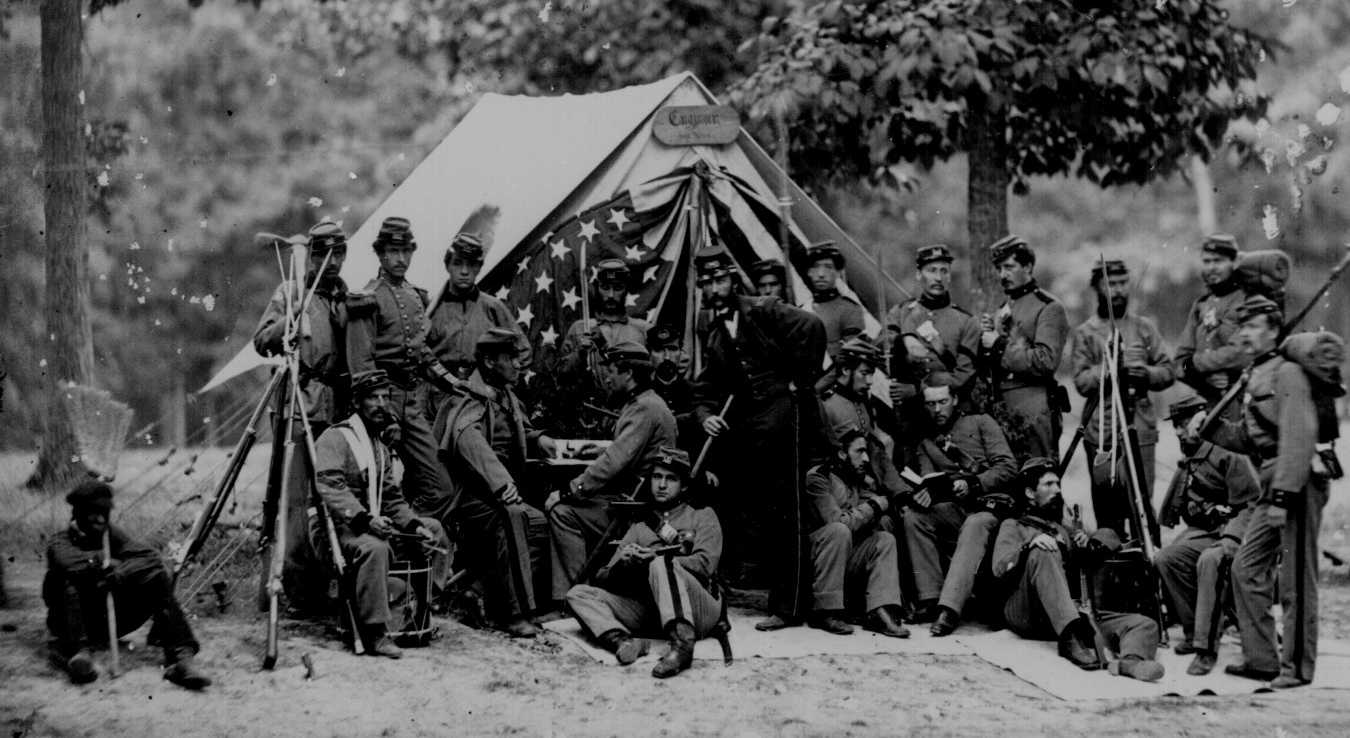By Karl Marx and Friedrich Engels
This is one in a series of articles featured on the Political Spectrum as part of Secession Week.
Written: between March 7 and 22, 1862;
First published in Die Presse, 85, March 26 and 27, 1862.
Chapter 2
Click to view Chapter 1, part 2
With Fort Donelson the enemy’s artillery, baggage and military stores fell into the hands of the Unionists; 13,000 secessionists surrendered on the day of its capture ; 1,000 more the next day, and as soon as the advance guard of the victors appeared before Clarksville, a town that lies further up the Cumberland River, it opened its gates. Here, too, considerable supplies had been accumulated for the secessionists.
The capture of Fort Donelson
Seven days after the surrender of Fort Donelson Nashville Fort Donelson Bowling Green Columbus Mississippi Kentucky Union . Tennessee
The leadership of the Kentucky Somerset Nashville
One may compare, for example, the slow advance of the Allies from Magenta to Solferino in 1859 — without pursuit of the retreating enemy, without endeavour to cut off his stragglers or in any way to outflank and encircle whole bodies of his troops.
Halleck and Grant, in particular, offer good examples of resolute military leadership. Without the least regard either for Columbus Bowling Green Fort Henry Fort Donelson Columbus Bowling Green Clarksville Nashville Tennessee Columbus Fort Donelson Bowling Green Columbus Missouri Columbus Memphis Arkansas
In consequence of the clearing of Missouri Kentucky
Before the capture of Nashville Kentucky Potomac was possible. They were too far apart from each other. They stood in the same front line, but their lines of operation were entirely different. Only with the victorious advance into Tennessee Kentucky
The American papers influenced by McClellan are full of talk about the “anaconda” envelopment plan. According to it, an immense line of armies is to wind round the rebellion, gradually tighten its coils and finally strangle the enemy. This is sheer childishness. It is a rehash of the so-called cordon system... devised in Austria about 1770, which was employed against the French from 1792 to 1797 with such great obstinacy and with such constant failure. At Jemappes, Fleurus and, more especially, at Montenotte, Millesimo, Dego, Castiglione and Rivoli, the final blow was dealt at this system. The French cut the “anaconda” in two by attacking at a point where they had concentrated superior forces. Then the coils of the “anaconda” were cut to pieces one after another.
In densely populated and more or less centralised states there is always a centre, with the occupation of which by the enemy the national resistance would be broken. Paris Russia
Cast a glance at the geographical shape of the secessionists’ territory, with its long stretch of coast on the Atlantic Ocean and its long stretch of coast on the Gulf of Mexico . So long as the Confederates held Kentucky Tennessee North Atlantic Ocean from the States on the Gulf of Mexico . The direct route from Virginia and the two Carolinas to Texas, Louisiana, Mississippi and even, in part, to Alabama leads through Tennessee, which is now occupied by the Unionists. The sole route that, after the complete conquest of Tennessee Union , connects the two sections of the slave states goes through Georgia Georgia Georgia Georgia
Would the conquest of all Georgia Florida Gulf of Mexico and the Atlantic coast goes through Macon and Gordon near Milledgeville.
The occupation of these two points would accordingly cut the secessionists’ territory in two and enable the Unionists to beat one part after another. At the same time, one gathers from the above that no Southern republic is viable without the possession of Tennessee
From the foregoing considerations it follows:
The Potomac is not the most important position in the war theatre. The seizure of Richmond Potomac army further south — difficult on account of the many rivers that cut across the line of march -could produce a tremendous moral effect. From a purely military standpoint, they would decide nothing.
The outcome of the campaign depends on the Kentucky Tennessee
On the contrary, should the anaconda plan be followed, then, despite all the successes gained at particular points and even on the Potomac , the war may be prolonged indefinitely, while the financial difficulties together with diplomatic complications acquire fresh scope.
End.
Image used courtesy of the Marxist Internet Archive.

No comments:
Post a Comment